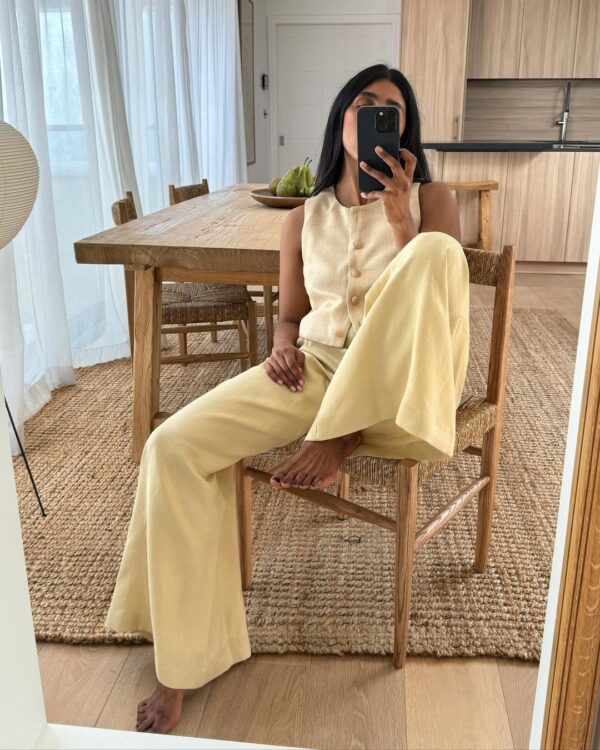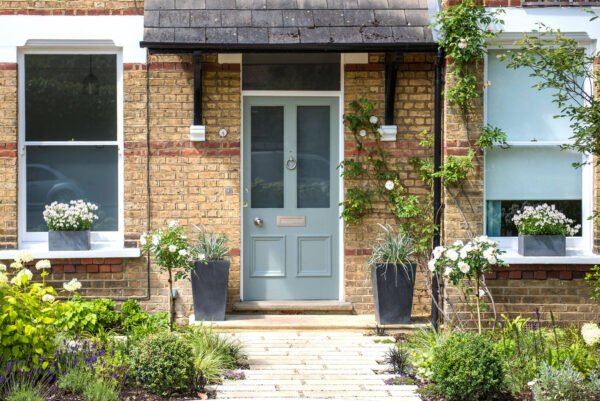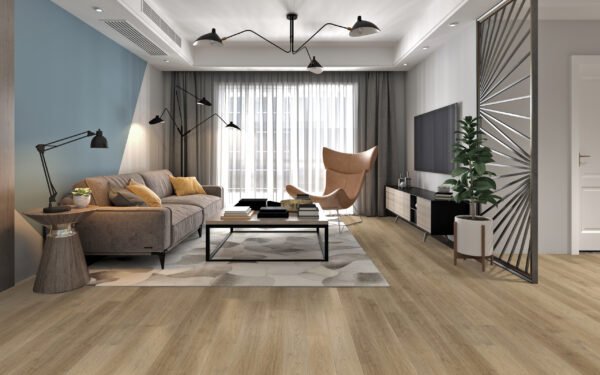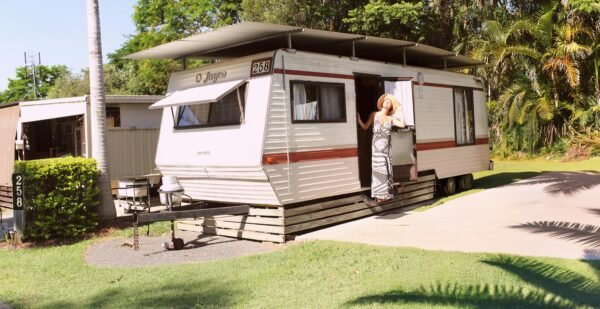
How to Effectively Run Your Own Personal Blog in 2020

All over the world, there are many small and large businesses that feature blogs on their websites to provide useful information and guides to customers. In the retail industry, companies like Ikea have an ideas section full of home decor inspiration and ways to style your home with their products. In other popular sectors like iGaming, brands such as Slot Boss which offers slot games to members, have blogs featuring useful guides on how to play the available titles, and news on popular new games to try.
As well as company blogs, there are also many people who run their own personal blog online too. If you love writing and you want to document your life experiences or provide online users with useful tips and guides, then creating your own personal blog is a great hobby to get into. Whether you are interested in fashion, films, gaming, beauty, or sports, there are many different types of blogs that you can create that best suit your passion. Blogging can also be a great opportunity for you to collaborate with other bloggers or even brands to improve your visibility, popularity, and reputation online.
However, there is a lot of thinking, hard work, and preparation that needs to go into creating a blog. Getting everything just right will ensure that you are able to run your own blog smoothly and be able to create interesting and engaging content for people to read. Here are just some useful tips that could help you when you are starting out.
1. Pick a name you’re going to be happy with
One of the most important factors to consider when creating a blog is choosing what to call it. While this could seem like an easy task, there are a few things that you will need to consider. First, it’s important to choose a name that doesn’t limit you. This is important as you might want to change your niche/focus later down the line.
Second, you might want to choose a name that is memorable and one that visitors can come back to with ease. It is also beneficial to have a few ideas on hand and check that those domain names are not already taken first.
2. Choose a reliable host for your blog
Once you have picked a domain, you will need to have it registered and choose a suitable host for your blog to be hosted on. If you’re unsure about where to start then there are many great guides available online that can tell you everything you need to know about website hosting.
This useful guide on ‘How To Choose The Best Blogging Platform In 2020’, is full of useful pros and cons of ten popular blogging platforms right now, from WordPress to Squarespace.
Do your research
If you have never had your own blog before then there is a bit of a learning curve. It is important to do a lot of research before you make any decisions so that you can find the best hosting option for you.
Pick your plan
Take your time to look at different price plans for your blog. Do you want a basic free package? Or do you want a paid one with additional storage space, support, and features? Compare available plans to see which is the best one that will suit you.
3. Get creative with themes and plugins
After you have set up your blog, you’ll want to make it look nice, add content, and create pages. So that you are able to provide a good user experience for your blog visitors, it is important that your blog is well-designed and is easy to navigate.
Depending on which platform your blog is on, you can choose between a variety of free and paid themes to decorate your blog. For a travel blog you might want to choose a light, coastal theme, especially if you like visiting beaches and summer holiday spots.
You can also install plugins on your blog for SEO purposes, virus protection, contact forms, and more. Jetpack, Yoast SEO, and Akismet are just some popular ones for WordPress.
Think about your brand colours
When choosing a colour palette for your blog, think about your branding and what tone you want to give to your visitors. Blue, white, and grey, are just some popular calming colours that you could use when designing your website. Remember – be consistent! Use colours consistently across your blog so that you have a seamless design throughout your entire site.
Keep everything up to date
Whether it is your theme or your plugins, it’s important that whatever you have installed for your blog is kept up to date. This ensures that your blog is updated properly and is well secured and protected from any viruses or spam.
4. Create your main pages that you want users to access
You can have as many pages as you wish. However, your site should have a few main ones that you want visitors to access. An about page, and a contact page, are just some beneficial pages for you to include. If you’re struggling for ideas on layouts, designs, and which information to include, Canva has a great guide on best about us pages to inspire you.
About pages are one of the most useful pages to have as it tells your website visitors who you are, what your blog is about, and what you do. It is important to have one as it helps you to personalise your blog more and puts a face to the work that is being created. This can help your blog and your brand become more trustworthy.
5. Come up with a content strategy that best suits your lifestyle
Whether you are running a beauty blog or a fashion blog, in order to make it efficient you need to populate it with quality content that your target audience will find interesting and engaging. By creating a content strategy you can plan out the types of posts you want to create, when you want to post them, and how often you want to create content.
However, one of the trickiest questions that many bloggers ask is how often you should post. HubSpot has a useful guide all about this, and outlines how the amount of times you post is different for everyone.
Discover your niche
One of the most important things to consider for a blog is your niche. Are you a freelancer who wants to blog about art? Or are you a fan of health and beauty and want to post how-to makeup guides and fashion inspiration? Decide early on the type of content that you want to post online for your audience to see.
Create a content plan
Once you have decided on what you want to post, think about when and what times you want to post, as well as what social media platforms you might want to promote the blog content on too. By having a consistent content schedule, you will be able to deliver timely content to your users every month. Depending on your niche, you could even create valuable content around national days in the calendar. International Women’s Day, World Sleep Day, and Star Wars Day, are just a few days that you could relate your content to.
6. High-quality images are key to your success
Whether you are posting images of your fashion haul or photographs from your recent holiday, it’s beneficial that your images for your blog are high-quality. Great images can help to compliment your blog writing and provide users with interesting images to look at.
You might want to take interesting photos of product flat lays, makeup swatches, outfit of the days, and much more. If you don’t have time to take photos, or you aren’t too skilled in photography, then you can also use free stock photos to add to your content instead.












































